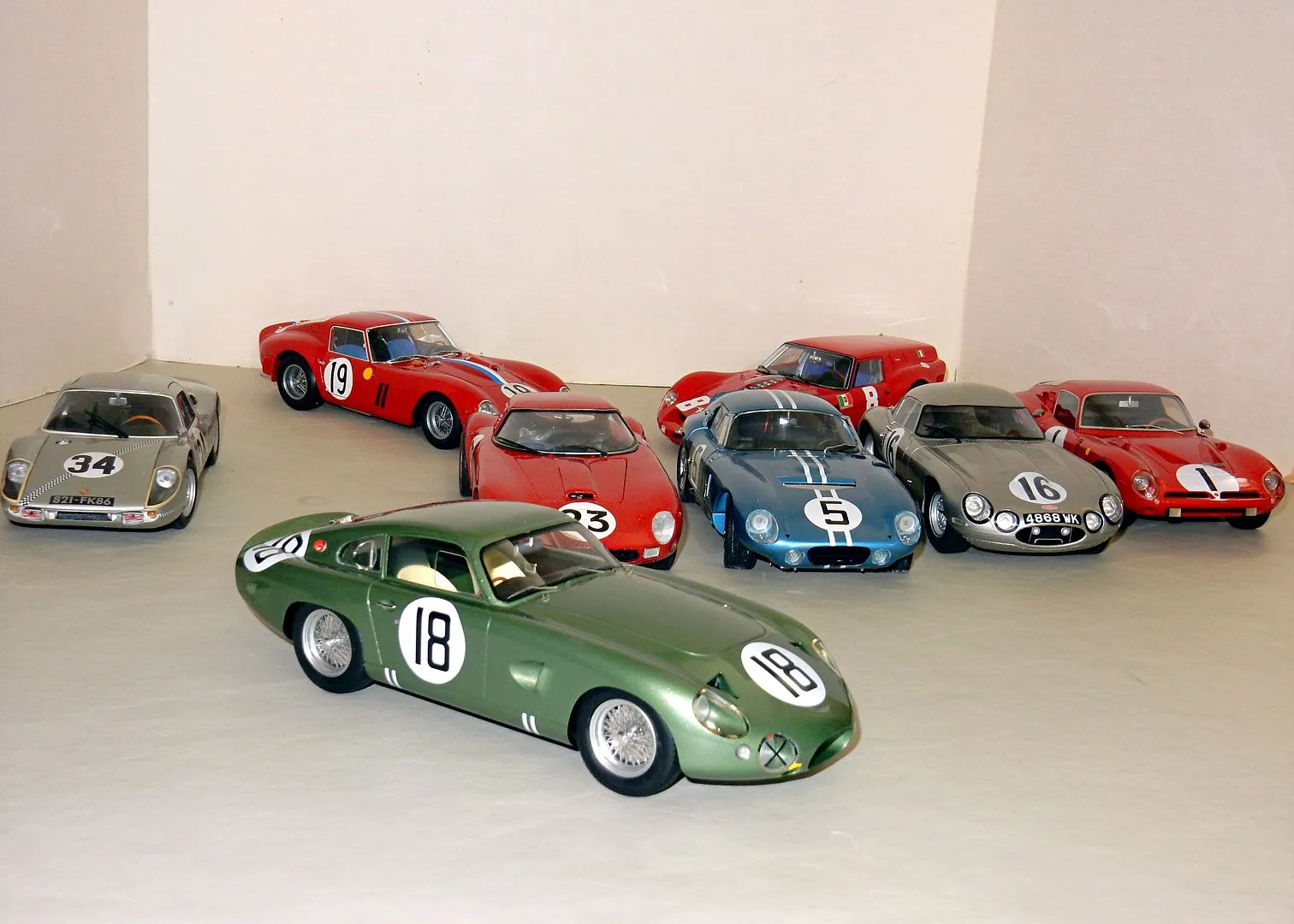Introduction to Le Mans 66 Diecast Models
The world of diecast model collecting offers a fascinating blend of history, craftsmanship, and passion. Among the most sought-after collectibles are models that represent iconic moments in automotive history, and few events are as celebrated as the 1966 24 Hours of Le Mans. Le Mans 66 diecast models capture the essence of this legendary race, allowing enthusiasts to own a piece of history. These meticulously crafted miniatures are not just toys; they are miniature works of art that pay homage to the drivers, the engineering, and the sheer drama of the race. Collecting these models is a rewarding hobby, offering a tangible connection to the golden age of motorsport and the thrilling rivalry between Ford and Ferrari.
Why Collect Le Mans 66 Diecast Models
The allure of collecting Le Mans 66 diecast models extends beyond mere aesthetics. There are several compelling reasons why enthusiasts are drawn to these miniature marvels.
Historical Significance
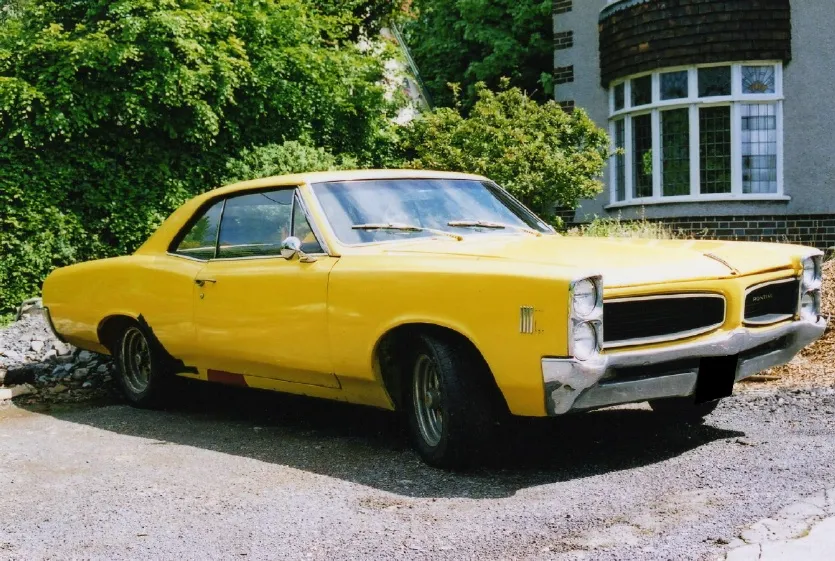
The 1966 Le Mans race marked a pivotal moment in motorsport history. Ford’s victory over Ferrari ended the Italian marque’s dominance and ushered in a new era of American automotive prowess. Collecting models of the cars that participated in this race allows enthusiasts to relive this historic event, preserving the legacy of the drivers, teams, and vehicles that defined it. These models serve as tangible reminders of the dedication, innovation, and competition that characterized the race, making them valuable historical artifacts.
Collecting Benefits and Value
Diecast models, especially those from significant events like Le Mans 66, often appreciate in value over time. This makes them not only enjoyable collectibles but also potential investments. Beyond financial value, collecting offers a sense of community, as enthusiasts connect with each other, share knowledge, and build friendships. The meticulous detail and craftsmanship of these models provide a sense of appreciation for automotive design and engineering, creating a rewarding and educational hobby. The models provide a way to display a passion and share stories.
Top 5 Le Mans 66 Diecast Models to Collect
Choosing the right Le Mans 66 diecast models can be an exciting journey. Here are five models that are highly sought after and represent the pinnacle of collectibility:
Ford GT40 Mk II #2
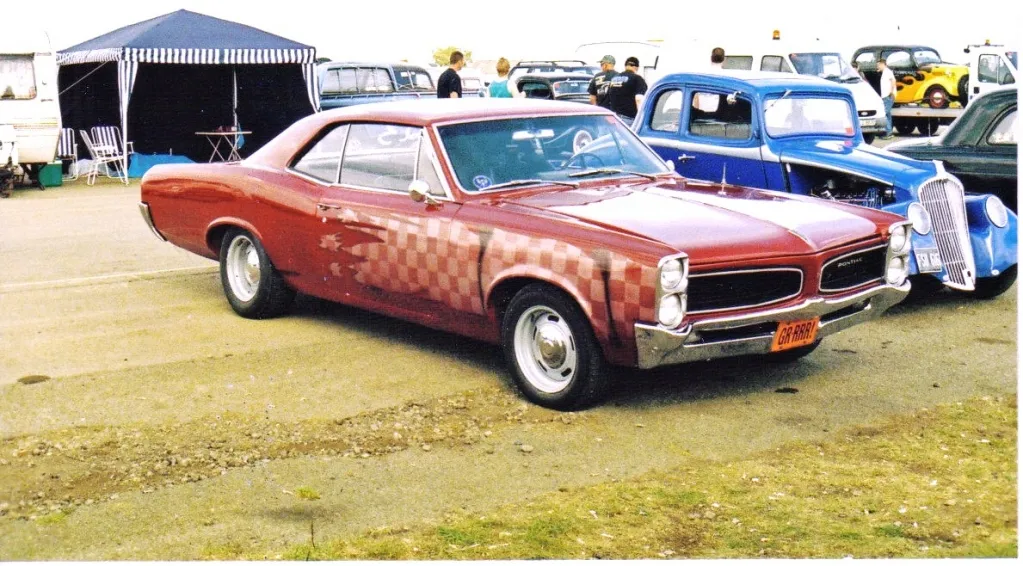
The Ford GT40 Mk II, especially the #2 car, is iconic for its role in Ford’s historic 1-2-3 finish at Le Mans 66. This model is a must-have for any serious collector, representing the car driven by Bruce McLaren and Chris Amon. The detail on these models is usually exceptional, with accurate liveries, sponsor decals, and interior features.
Key Features
Look for models with accurately replicated body lines, wheels, and tires. High-quality models will feature detailed engine compartments, opening doors, and precisely rendered interiors. The paint finish should be smooth and the decals applied without flaws, reflecting the car’s racing heritage. Furthermore, the packaging should be high-quality, often with a certificate of authenticity.
Why Collectors Love It
The #2 Ford GT40 Mk II is a symbol of American triumph over European dominance, making it a highly desirable piece. It represents the culmination of Ford’s ambitious project to beat Ferrari, and owning this model is a way to commemorate that historic victory.
Ferrari 330 P3
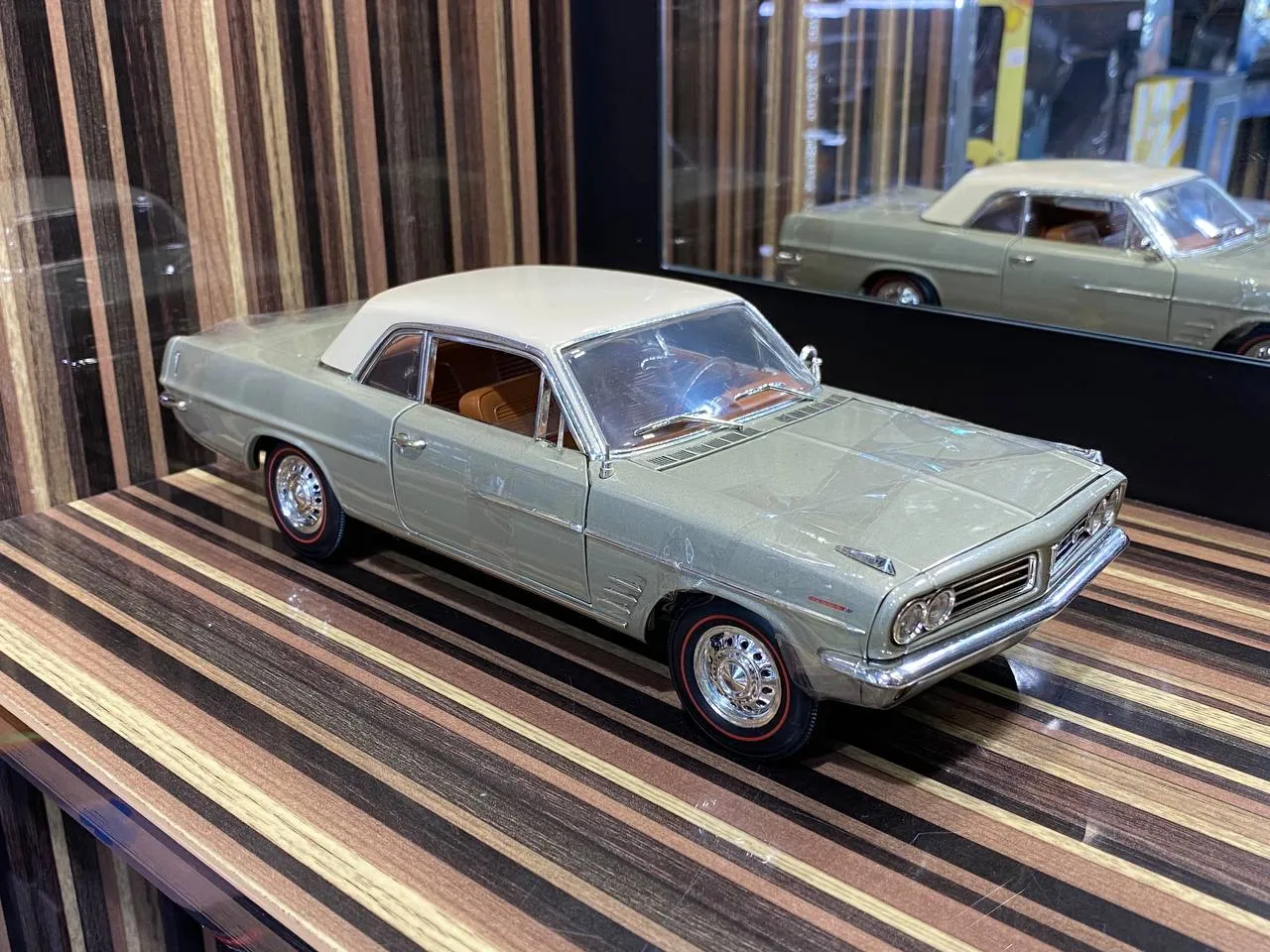
The Ferrari 330 P3 was a formidable competitor in the 1966 race, representing Ferrari’s continued pursuit of victory. These models often showcase Ferrari’s signature elegance and design. They allow collectors to appreciate the beauty of Italian engineering.
Key Features
Detailed features to look for include accurate Ferrari badging, intricate interior detailing, and realistic engine replicas. Authentic paint colors and sponsor decals are crucial, along with finely detailed wheels and suspension components. High-end models include photo-etched parts for added realism.
Why Collectors Love It
Collectors are drawn to the Ferrari 330 P3 for its iconic design, its significance in Ferrari’s racing history, and the embodiment of Italian automotive elegance. It represents the heart of Ferrari’s legacy.
Ford GT40 Mk IV #1
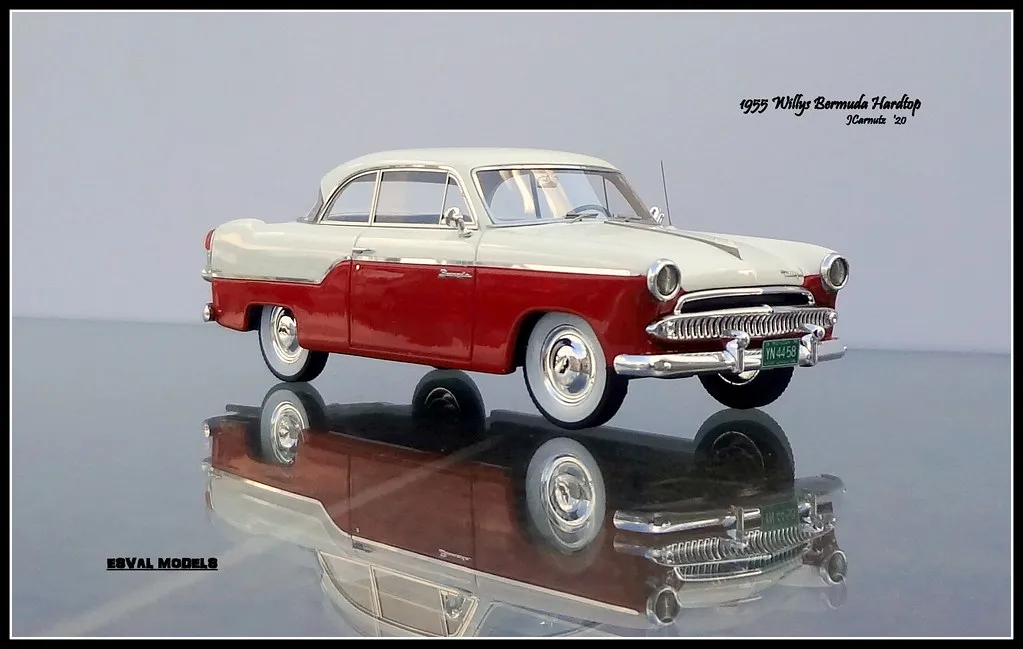
The Ford GT40 Mk IV, with its striking design, is another must-have. It represents the evolution of the GT40 and is a significant part of Ford’s success in endurance racing. The distinctive styling of this car makes it a standout in any collection.
Key Features
These models should boast accurate body lines, detailed cockpits, and finely replicated engines. Ensure the paint finish is flawless and the sponsor decals are applied with precision. Look for models with opening doors and hoods, showcasing the intricate interior and engine details.
Why Collectors Love It
Collectors value the Ford GT40 Mk IV for its racing success and its iconic design, which marked a turning point in automotive history. Its visual appeal and historical significance make it a centerpiece for any collection.
Porsche 917K

The Porsche 917K, although not in the 1966 race, is a legendary car of the Le Mans series, and its appearance in the early 70s is very significant. Collecting the Porsche 917K brings in a different element and a wider perspective to the history of Le Mans, showing the progression of design and engineering.
Key Features
The Porsche 917K models are characterized by their distinct silhouette, detailed engines, and accurate racing liveries. The high-quality versions will feature photo-etched parts, realistic wheels and tires, and finely crafted interiors. Look for models that replicate the car’s aerodynamic features and sponsor decals precisely.
Why Collectors Love It
Collectors appreciate the Porsche 917K for its pivotal role in motorsport history and iconic design. Its distinctive shape and racing heritage make it a compelling addition to any collection.
Ferrari 250 GTO
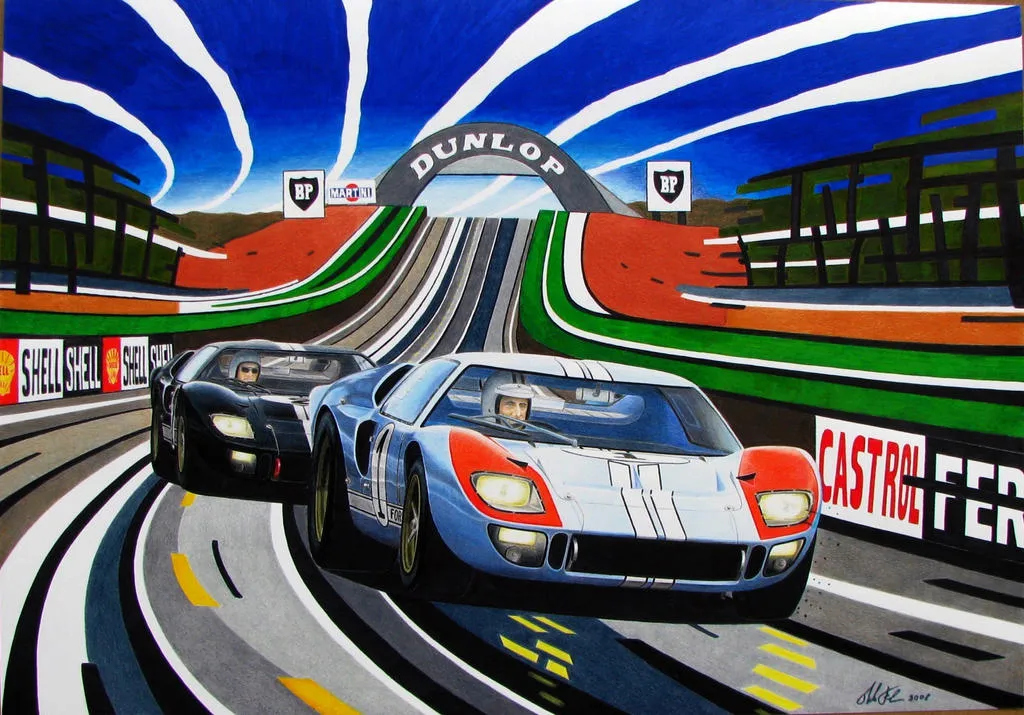
The Ferrari 250 GTO, though not in the 1966 Le Mans, is still a legend and very highly sought after. It gives a wider perspective on the era. These models are meticulously crafted, representing the epitome of classic car design and engineering. The attention to detail on these models is extraordinary, making them highly desirable.
Key Features
Look for models with precise body lines, authentic Ferrari badging, and intricate interior details. The paint finish should be impeccable, reflecting the car’s elegance, and the wheels and tires should be accurately replicated. High-end models will have opening doors, allowing you to view the detailed interior.
Why Collectors Love It
The Ferrari 250 GTO is a symbol of classic elegance and racing performance, making it a highly coveted collectible. Owning a model of this car is a way to celebrate Ferrari’s rich heritage and the golden age of motorsport. These models are not only a pleasure to own but often appreciate in value, making them a smart investment.
Factors to Consider When Choosing Models
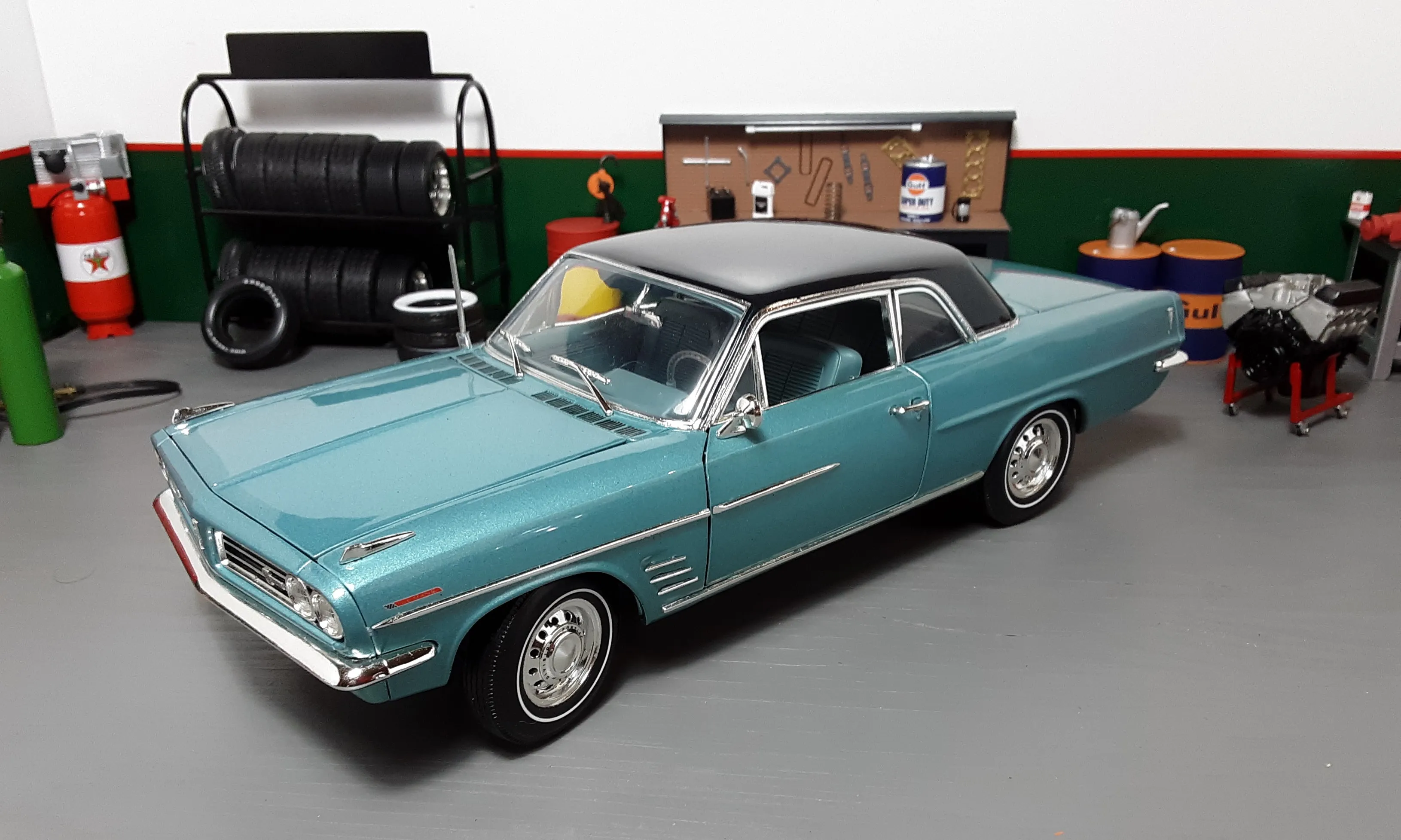
Selecting the right diecast model involves careful consideration of several factors to ensure you are satisfied with your purchase.
Scale and Detail
The scale of the model is a crucial factor. Common scales include 1:18, 1:24, and 1:43. Larger scales (1:18) offer more detail but require more display space. The level of detail, from the engine to the interior, is vital. Look for models with intricate features like photo-etched parts and finely detailed cockpits. The more detail, the more realistic and valuable the model is likely to be. Consider how the model will fit in your display and which details are most important to you. (see image diecast-model-scale-comparison)
Brand and Manufacturer Reputation
Different manufacturers have varying reputations for quality and accuracy. Some well-regarded brands include Minichamps, Spark, and CMC. Research the manufacturer’s track record, read reviews, and compare models to see which brands align with your standards. More established manufacturers often provide better quality and more accurate models.
Material and Build Quality
The materials used and the overall build quality significantly impact a model’s durability and appearance. Diecast metal is the standard for the body, providing weight and realism. Look for models with quality paint finishes, precisely applied decals, and sturdy construction. Avoid models with visible flaws or poorly fitted parts, as these detract from the overall value and appearance.
Where to Buy Le Mans 66 Diecast Models
Finding the perfect Le Mans 66 diecast model requires knowing where to look.
Online Marketplaces
Websites like eBay, Amazon, and specialized diecast model platforms offer a vast selection. Online marketplaces allow you to compare prices, read reviews, and often find rare or out-of-production models. Ensure the seller has a good reputation and offers detailed descriptions and photos of the model. Consider the shipping costs and return policies before making a purchase. (see image online-marketplace-diecast)
Specialty Diecast Shops
Specialty shops offer curated selections, expert advice, and the opportunity to examine models in person. These shops often stock high-quality models and can provide valuable insights into specific models and manufacturers. Visiting a specialty shop allows you to see the model’s quality firsthand and get personalized recommendations.
Auctions and Collectors’ Events
Auctions and collectors’ events can be excellent sources for rare or vintage models. These events provide a chance to find unique items and connect with other collectors. However, be prepared to do your research, set a budget, and bid strategically. Auction prices can vary widely, so understanding the model’s value is crucial. Check the model’s condition carefully and consider any potential restoration needs.
Conclusion
Collecting Le Mans 66 diecast models is a rewarding hobby that combines a love of motorsport, history, and craftsmanship. By understanding the significance of the race, the key models, and the factors to consider when choosing models, you can build a collection that is both valuable and enjoyable. Whether you’re a seasoned collector or a beginner, these miniature representations of iconic racing cars offer a tangible connection to the thrilling world of the 1966 24 Hours of Le Mans.
